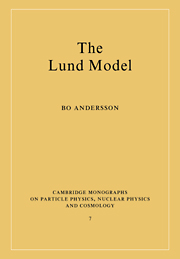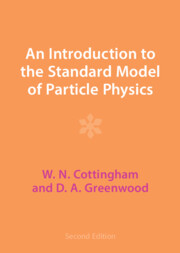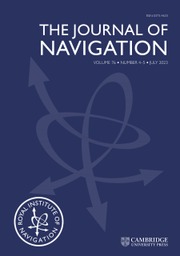The Lund Model
The Lund model, inspired by quantum chromodynamics, has provided a very promising approach to the dynamics of quark and gluon interactions. Starting with a brief reprise of basic concepts in relativity, quantum mechanics of fields and particle physics, Dr. Andersson discusses the dynamics of the massless relativistic string, confinement, causality and relativistic covariance, Lund fragmentation processes, QED and QCD Bremsstrahlung, multiplicities, and particle-parton distributions. Throughout the book, theory confronts current experimental data, and considers implications for future experiments. The book also explores the relationships between the Lund model and other models based on field theory (the Schwinger model, S-matrix models, light-cone algebra physics, and variations of the parton model) and models based on statistical mechanics (the Feynman-Wilson gas, scaling, iterative cascade models). This is a unique monograph for those working in theoretical and particle physics.
- Well-written, covers both theory and experiment
- Extensive coverage is given to Lund fragmentation processes
Reviews & endorsements
"It must be considered a fundamental reference for people who already work on the Lund model and it will certainly be of interest to many experimentalists working in high energy particle physics. Moreover, it will also be of interest to many of the theorists working on the phenomenology of strong interactions." Mathematical Reviews
Product details
February 2011Adobe eBook Reader
9780511881497
0 pages
0kg
115 b/w illus.
This ISBN is for an eBook version which is distributed on our behalf by a third party.
Table of Contents
- Preface
- 1. Relativistic kinematics, electromagnetic fields and the method of virtual quanta
- 2. The harmonic oscillator and the quantum field
- 3. The vacuum as a dielectric medium and renormalisation
- 4. Deep inelastic scattering and the parton model
- 5. The classical motion of the massless relativistic string
- 6. The decay kinematics of the massless relativistic string
- 7. A stochastic process for string decay
- 8. The properties of the Lund model fragmentation formulae: external part formulas
- 9. The internal part fragmentation formulae and their relations to the unitarity equations of Regge theory
- 10. The dynamical analogues of the Lund model fragmentation formulae
- 11. Flavour and transverse momentum generation, and the vector to pseudoscalar meson ratio
- 12. Heavy quark fragmentation and Baryon production
- 13. The Hanbury–Brown–Twiss-effect and polarisation in the Lund model
- 14. The Lund gluon model, the kinematics and the decay properties
- 15. Gluon emission via the Bremsstrahlung process
- 16. Multigluon emission, the dipole moment and parton coherence cascade models
- 17. The lambda measure in the leading log, and the modified lead log approximation of perturbative QCD
- 18. The parton model and QCD
- 19. Inelastic lepto-production in the Lund model, the soft radiation model and heretical structure functions
- 20. Hadronic interaction models
- References
- Index.







